The pomegranate tree grows on Qin Shi Huang's tomb and the terrible mystery behind!
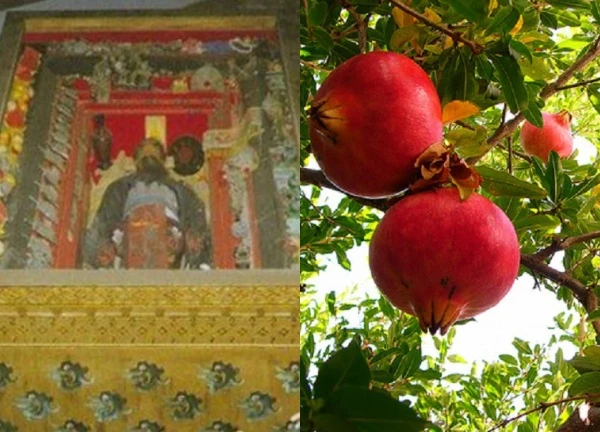
5 | 0 Discuss | Share
Many people were surprised to learn the identity of the person who provided 100 tons of mercury for Qin Shi Huang to build his mausoleum. That mysterious widow also held the secret to longevity, extending her life span 2000 years ago.
Since the discovery of the famous terracotta army in Xi'an (Shaanxi, China), archaeologists and historians have been curious about the giant underground mausoleum of Qin Shi Huang - the first emperor to unify China. However, for decades, all efforts to excavate deeper into the tomb have stopped at the exploration level. The main reason lies in the existence of a huge amount of mercury inside, which is considered a "deadly trap" that this emperor set up to protect his eternal resting place.
According to ancient documents and modern research, Qin Shi Huang built a massive mausoleum complex, in which hundreds of tons of mercury were poured into the interior areas. This amount of mercury both played the role of simulating the mountains and rivers of the "world" in miniature, and became an absolute defense against tomb robbers. The characteristic of mercury is that it is difficult to evaporate and does not react much with air, so this "river" has remained intact for more than 2,000 years.
Experts estimate that the amount of mercury in the tomb was around 100 tons. This is a huge number even by today's standards. This raises the question: where did the huge supply of mercury come from? Who was able to provide the Qin emperor with such a rare and dangerous material?
According to Sohu, the answer lies in the mineral cinnabar, which is also the main raw material for extracting mercury. At the same time, a real historical figure, Ba Thanh - a female tycoon who owned the largest cinnabar mine in the Qin Dynasty at that time, was also revealed.
Historical records describe Ba Thanh as having come from a humble background, but by fate, she became the daughter-in-law of a wealthy family in Ba Thuc (now Sichuan, China). When her husband died early, she decided to remain chaste, not remarry, and at the same time took over the entire family's vast fortune, including many mineral mines, especially a large cinnabar mine.
With her business talent and courage, Ba Thanh quickly expanded the mining scale, pushing cinnabar production to record levels. Her wealth spread throughout the Qin Dynasty, even directly affecting the imperial court's economy. Whenever the imperial court needed funds, Ba Thanh was willing to make generous contributions, consolidating her position in the eyes of the powerful.
Not only was she admired for her wealth, her act of remaining faithful to her husband was also highly valued by Qin Shi Huang. This emperor once "hinted" that he wanted to bring Ba Thanh into the palace. On the surface, this may have been an act of honoring her virtue, but researchers believe that the underlying cause was also related to the king's ambition for immortality.
In ancient Chinese medicine, cinnabar was not only a rare source of mercury but also considered an important ingredient in the creation of the "immortality" elixirs that Qin Shi Huang craved. As the owner of the largest cinnabar mine in Qin, Ba Thanh held in his hands a source of raw materials that served both the purpose of refining medicinal pills and providing materials for mausoleum construction.
Many historians believe that Qin Shi Huang wanted to bring Ba Thanh into the palace partly to easily control this supply, ensuring that it served two important plans, including searching for the elixir of immortality and storing mercury to protect the tomb.
It is unclear what kind of agreement they reached, but archaeological evidence shows that when Qin Shi Huang died, the entire mausoleum was covered in a giant “river of mercury.†This was a natural defense that prevented any attempts by tomb robbers to enter for more than 2,000 years.
Today, with advanced exploration technology, people have been able to detect extremely high concentrations of mercury around the tomb, proving that historical records are somewhat accurate. However, this very factor makes a comprehensive excavation impossible. Any act of opening the tomb carries the risk of releasing mercury into the environment, causing serious consequences for both the archaeological team and the surrounding ecosystem.
Besides, interfering with a sealed environment that has existed for more than two millennia could damage the valuable artifacts inside. Therefore, China has maintained the status quo, prioritizing indirect research over direct excavation.
The story of Qin Shi Huang's tomb, the Mercury River, and the role of the wealthy merchant Ba Qing continues to be one of the greatest mysteries in Chinese history. It not only reflects the power and vision of the "Emperor of All Ages", but also reveals the important role of characters rarely mentioned in history books, who quietly contributed to the creation of great works, leaving their mark thousands of years later.
To this day, the mercury "defense system" remains a solid wall separating posterity from the secrets inside the tomb. And perhaps, it will take many more decades, when excavation technology and environmental treatment reach a level of absolute safety, for people to be able to witness with their own eyes all the treasures and mysteries that Qin Shi Huang left behind more than 2,000 years ago.
The terrifying mystery that makes archaeologists afraid to excavate the tomb of Qin Shi Huang 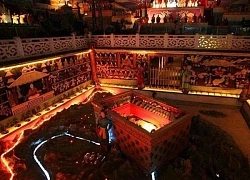 An Nhi17:17:04 12/09/2024Areas of Qin Shi Huang's mausoleum have been explored by archaeologists, but the main tomb has never been opened due to concerns about what's inside, according to Insider.
An Nhi17:17:04 12/09/2024Areas of Qin Shi Huang's mausoleum have been explored by archaeologists, but the main tomb has never been opened due to concerns about what's inside, according to Insider.

5 | 0 Discuss | Share
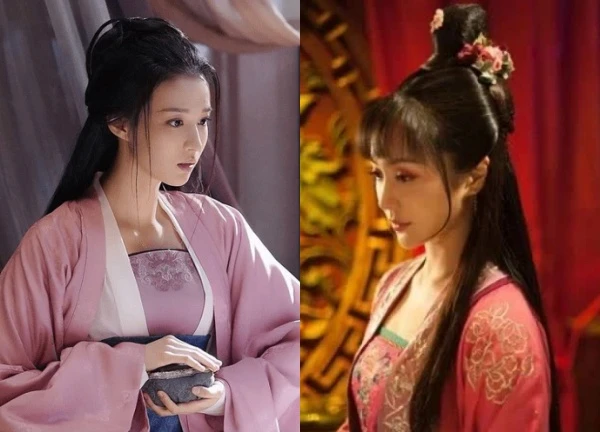
2 | 0 Discuss | Share
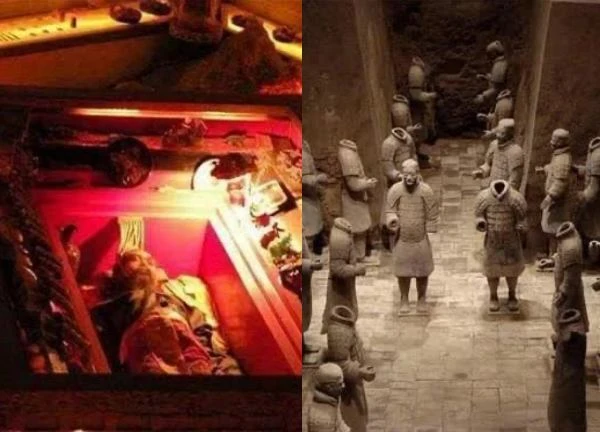
3 | 1 Discuss | Share
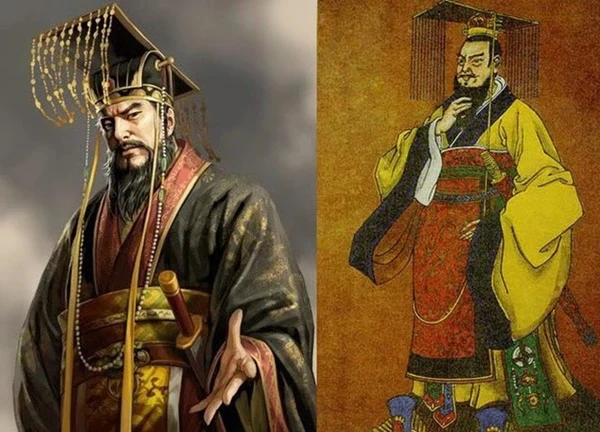
1 | 1 Discuss | Share
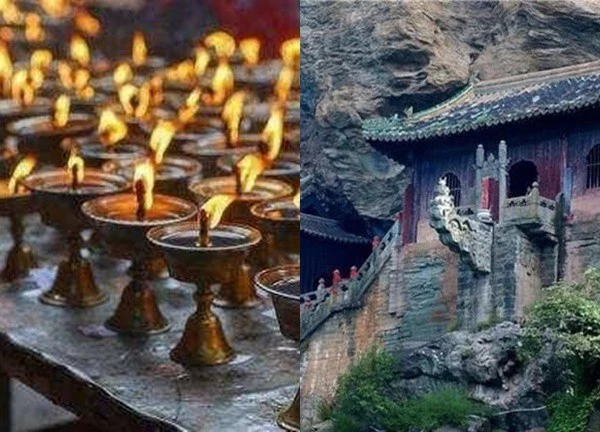
3 | 1 Discuss | Share
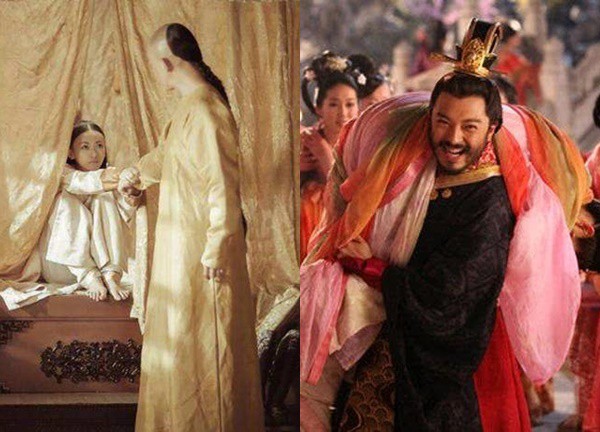
3 | 1 Discuss | Share
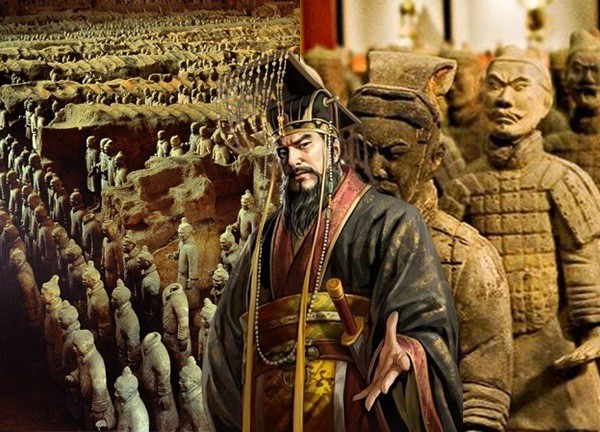
4 | 0 Discuss | Share

4 | 0 Discuss | Share

4 | 0 Discuss | Share

3 | 0 Discuss | Share

4 | 0 Discuss | Share
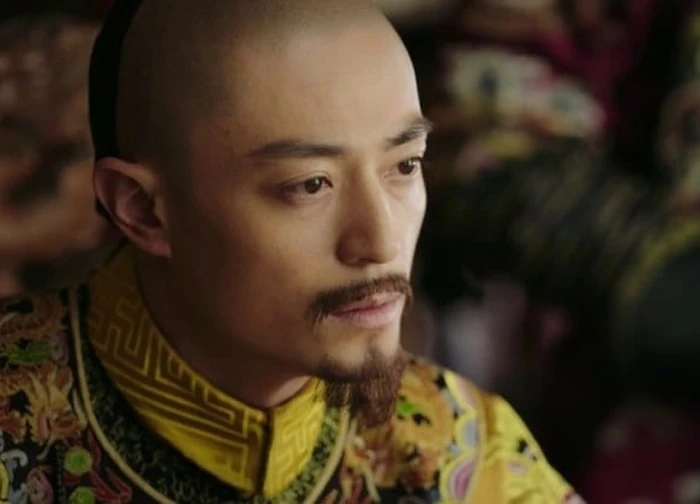
2 | 0 Discuss | Share






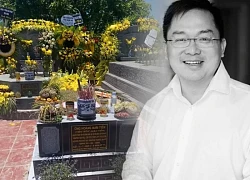



1 | 0 Discuss | Report